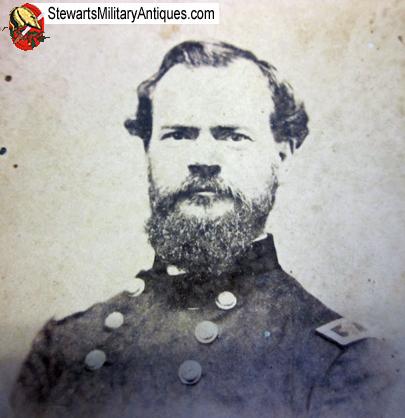

Jones-to chronicle the progress and personalities of the various players.

McPherson cites the usual sources-Charles Francis Adams, Mary Boykin Chesnut, Elizabeth Blair Lee and John B. Mirroring the bungled Union efforts in the "Trent Affair," the Confederate failure to use King Cotton to raise the blockade marks the shifting tides of war in its early days. The early failures of the Union Army to conquer Southern forces and the Lincoln administration's clumsy handling of the "Trent Affair" are juxtaposed with the success of Union armies and navies in the early months of 1862. In his usual blending of political and military events, McPherson shows how the events of the first year of the war affected both the Union and Confederate governments as well as the European powers of the time. In his first chapter McPherson lays out the shifting fortunes that marked the early months of the conflict. It is decidedly not a "battle" book, but instead a compelling and cogently argued case for why the events played out in the bucolic setting of Western Maryland in 1862 proved so pivotal in the war.

What McPherson really does is make a compelling case for why the Maryland Campaign of 1862 was so important in shaping the outcome of this four-year war. Featuring a battle print and lots of red lettering, the cover could lead many novices to mistake this for a "who shot at who" book. This book is sub-titled "The Battle that Changed the Course of the Civil War" and McPherson sets out to diligently prove his case. McPherson, acknowledged by many to be the dean of Civil War historians, offers this work as part of a series identifying pivotal events of American History. Reviewed by Thomas Clemens (Department of History, Hagerstown Community College)

New York and Oxford: Oxford University Press, 2002.


 0 kommentar(er)
0 kommentar(er)
